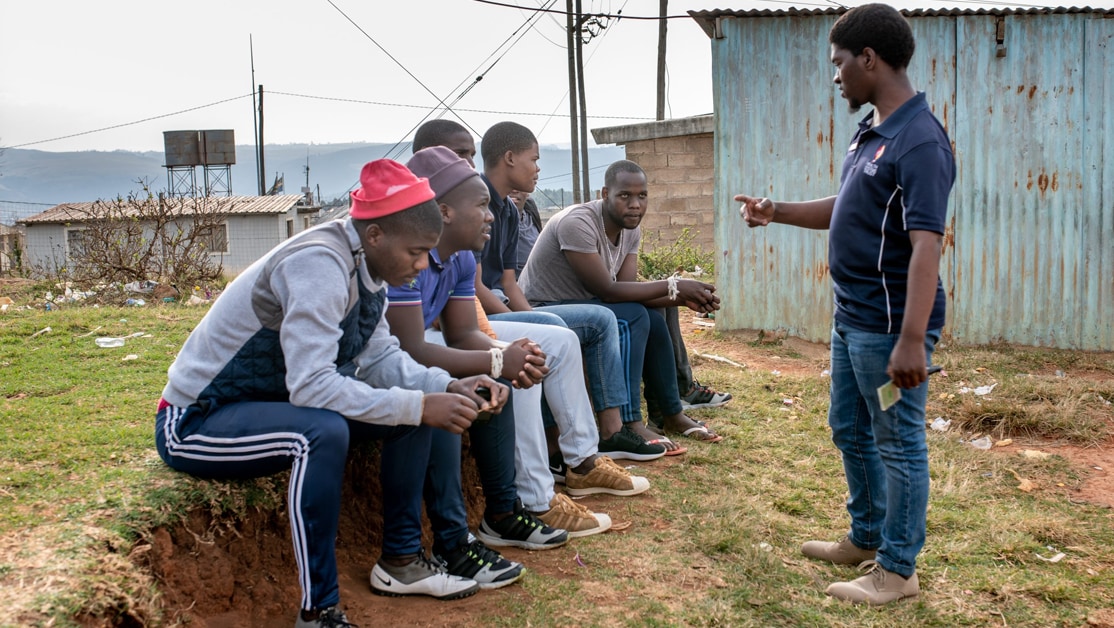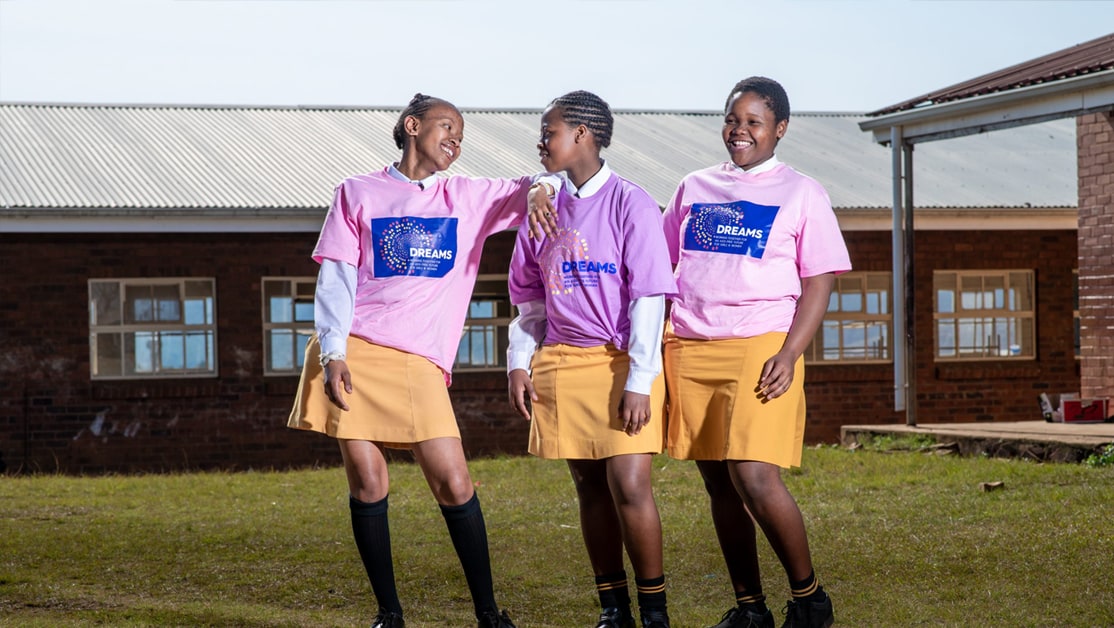At a glance
This story elaborates on the HIV epidemic affecting Sub-Saharan African youth. With support from the U.S. President's Emergency Plan for AIDS Relief (PEPFAR), the CDC published an analysis of HIV interventions, targeted programs, and approaches to address this challenge. These efforts aim to reach young people where they are and provide services tailored to their HIV-related needs.

Background
Every day, HIV affects more than one thousand young people aged 15 to 24 globally. Sub-Saharan Africa remains the epicenter of the HIV epidemic. In 2021, it accounted for nearly 60 percent of new HIV infections. Many countries in the region are also experiencing a significant surge in their youth population. This surge is commonly referred to as the “youth bulge.” These rising numbers sharply increase the risk of HIV among youth.
Addressing HIV in youth
Recognizing the urgency in addressing HIV in this population, CDC, with support from PEPFAR, published a special issue on HIV prevention among youth in the journal AIDS Education and Prevention. This article looks at the successes and challenges of HIV interventions for youth in 15 sub-Saharan African countries with a high burden of HIV.
Featured topics include:
- HIV testing behaviors.
- Risk factors among adolescent girls and young women (AGYW).
- Gender-based violence.
- Access to pre-exposure prophylaxis (PrEP).
- Voluntary medical male circumcision (VMMC).
- How faith leaders can support outreach to youth.
Report reveals HIV challenges

Photo credit: Thom Pierce
The supplement features six scientific papers. These papers demonstrate the need for a continued focus on youth and novel approaches on successfully delivering HIV services to young people. Countries of focus include Botswana, Eswatini, Ethiopia, Kenya, Lesotho, Malawi, Mozambique, Namibia, Rwanda, South Africa, South Sudan, Tanzania, Uganda, Zambia, and Zimbabwe.
Findings
Testing in Malawi
One analysis shows that most young persons aged 15 to 16 years in Malawi have yet to receive an HIV test. Global data reveals that young people are less likely to know their HIV status than older adults. This is also the case in Malawi, where nearly a quarter of youth aged 15 to 24 years living with HIV are unaware of their status.
VMMC in PEPFAR-supported countries
Another study highlights that in PEPFAR-supported countries in 2021, adolescent boys and young men aged 15 to 19 years comprised 50.4% of those who received VMMC. This procedure reduces the risk of heterosexual HIV transmission by up to 60%. The analysis underscores that VMMC can be an important entry point for sexual health services for youth.
AGYW vs. male counterparts
Three other papers revealed that AGYW continue to face greater risks for HIV than their male counterparts. The papers highlight possible drivers of these inequities and ways to reduce HIV risk for AGYW.
Faith leaders' roles
A final paper explored faith leaders' role in shaping attitudes and beliefs about HIV prevention. Specifically, eliminating stigma and discrimination, which hinder many youths from accessing HIV services.
Implications for the future
The supplement does not capture all the challenges sub-Saharan youth regarding HIV prevention and treatment access. However, it does provide meaningful data assessing many aspects of the HIV prevention and treatment process.
The latest UNAIDS data show that protecting youth and young adults from HIV is paramount for controlling the epidemic by 2030. The compilation provides recommendations for further research to address critical gaps in HIV prevention and treatment among young persons. This research, the authors say, can inform evidence-based, comprehensive services for AGYW and young members of key populations.
CDC's impact
This special issue on HIV prevention among youth is but one small component of CDC and PEPFAR's larger effort to help end HIV among young people. CDC is addressing the unique needs and experiences of adolescents and young adults through a range of targeted programs and approaches.

Photo by Thom Pierce
Programs and approaches
DREAMS
A multi-pronged approach to help adolescent girls and young women live Determined, Resilient, Empowered, AIDS-free, Mentored, and Safe lives.
VMMC
CDC supports the implementation of VMMC throughout Southern and Eastern Africa. As of September 30, 2021, CDC has supported VMMC procedures for 15.5 million men in Southern and Eastern Africa. This is over half of all VMMC procedures supported through PEPFAR during that time.
Families Matter!
A CDC program where girls aged 9–12-years-old and their families are equipped with the skills and confidence to have open parent-child discussions.
Together For Girls/Violence Against Children and Youth Surveys (VACS)
As part of a global public-private partnership, CDC and partners are addressing the dual epidemics of violence and HIV.
